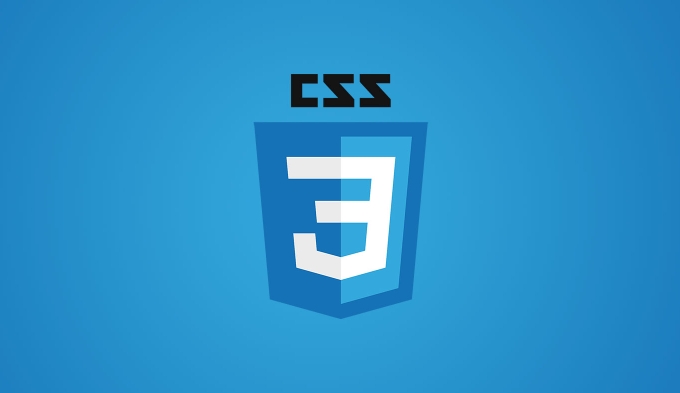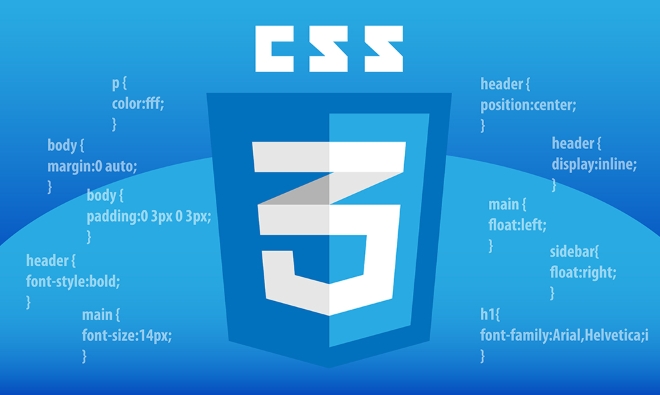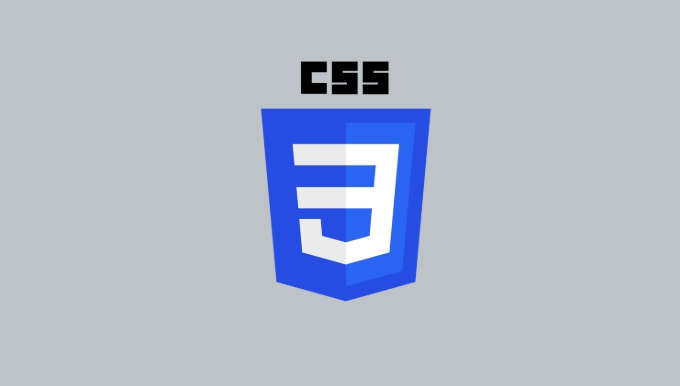To add styles to scroll bars, it is mainly implemented through CSS pseudo-elements and specific attributes. 1. Use the ::-webkit-scrollbar pseudo-element to customize the scrollbar styles of Chrome, Edge, and Safari browsers, including the width, track and slider background, rounded corners, etc.; 2. Use scrollbar-width and scrollbar-color attributes to control the scrollbar width and color in Firefox; 3. To ensure cross-browser compatibility, it is recommended to provide basic available styles for non-WebKit browsers, or introduce JavaScript plug-ins to enhance consistency; 4. In actual applications, you can also set display: none to hide the scrollbar, use border-radius to implement the rounded corner slider, and add transition animations through transition to improve the interactive experience.

Adding styles to scroll bars is actually a bit "edge" CSS skill. Because the default scroll bar style of the browser is usually monotonous, if you want the overall style of the web page to be more unified and more designed, it is necessary to customize the scroll bar. However, it should be noted that currently only some browsers (such as Chrome and its derivative browsers) support deep custom scrollbar styles.

1. Use ::-webkit-scrollbar pseudo-element
This is the most common practice and is suitable for browsers based on WebKit engines such as Chrome, Edge, Safari, etc. Firefox and IE do not support this method, and an alternative will be discussed later.
The basic structure is as follows:

::-webkit-scrollbar {
width: 8px; /* Vertical scroll bar width*/
height: 8px; /* Horizontal scroll bar height (if required) */
}
::-webkit-scrollbar-track {
background: #f1f1f1;
border-radius: 10px;
}
::-webkit-scrollbar-thumb {
background: #888;
border-radius: 10px;
}
::-webkit-scrollbar-thumb:hover {
background: #555;
}You can adjust the properties of color, rounded corners, background and other colors according to your own color matching to achieve different styles.
2. Use scrollbar-width and scrollbar-color in Firefox
Firefox provides a relatively simple control method. Although its functions are not as powerful as WebKit, it can also meet basic needs.

/* Set the scroll bar width thin represents narrow scroll bar*/ scrollbar-width: auto | thin; /* Set scroll bar color*/ scrollbar-color: #888 #f1f1f1;
- The first value is the slider color
- The second value is the track color
You can write it in the container you want to customize the scrollbar, such as:
.container {
scrollbar-width: thin;
scrollbar-color: #888 #f1f1f1;
}3. Cross-browser compatibility processing
Due to the different levels of support for scroll bar styles, it is recommended that you do a good job of compatibility:
- Provide a "degraded" version to non-WebKit browsers to maintain availability
- If you are particularly concerned about the consistency of the appearance of scrollbars, you can consider using JavaScript plugins (such as OverlayScrollbars, Perfect Scrollbar)
But if you just want to do lightweight beautification, native CSS is enough.
4. Some tips in practical applications
Hide scrollbar : Sometimes, for the sake of visual neatness, if you want to hide the scrollbar but retain the scrolling function, you can use the following method (WebKit only):
::-webkit-scrollbar { display: none; }Rounded corner slider : Use
border-radiusto make the slider look more modern, and improve the interaction withbackgroundcolor changes.Transition animation : Adding a little
transitionto the scrollbar slider can make the interaction smoother, such as:::-webkit-scrollbar-thumb { transition: background 0.3s ease; }
Basically these are the methods. Although not all browsers can support it perfectly, in most modern projects, using
::-webkit-scrollbarand Firefox's simple adaptation can meet the needs of most scenarios.The above is the detailed content of How to style the scrollbar using CSS?. For more information, please follow other related articles on the PHP Chinese website!

Hot AI Tools

Undress AI Tool
Undress images for free

Undresser.AI Undress
AI-powered app for creating realistic nude photos

AI Clothes Remover
Online AI tool for removing clothes from photos.

Clothoff.io
AI clothes remover

Video Face Swap
Swap faces in any video effortlessly with our completely free AI face swap tool!

Hot Article

Hot Tools

Notepad++7.3.1
Easy-to-use and free code editor

SublimeText3 Chinese version
Chinese version, very easy to use

Zend Studio 13.0.1
Powerful PHP integrated development environment

Dreamweaver CS6
Visual web development tools

SublimeText3 Mac version
God-level code editing software (SublimeText3)
 How to change text color in CSS?
Jul 27, 2025 am 04:25 AM
How to change text color in CSS?
Jul 27, 2025 am 04:25 AM
To change the text color in CSS, you need to use the color attribute; 1. Use the color attribute to set the text foreground color, supporting color names (such as red), hexadecimal codes (such as #ff0000), RGB values (such as rgb(255,0,0)), HSL values (such as hsl(0,100%,50%)), and RGBA or HSLA with transparency (such as rgba(255,0,0,0.5)); 2. You can apply colors to any element containing text, such as h1 to h6 titles, paragraph p, link a (note the color settings of different states of a:link, a:visited, a:hover, a:active), buttons, div, span, etc.; 3. Most
 What is a stacking context?
Jul 27, 2025 am 03:55 AM
What is a stacking context?
Jul 27, 2025 am 03:55 AM
Astackingcontextisaself-containedlayerinCSSthatcontrolsthez-orderofoverlappingelements,wherenestedcontextsrestrictz-indexinteractions;itiscreatedbypropertieslikez-indexonpositionedelements,opacity
 Describe different CSS units and when to use them
Jul 27, 2025 am 04:24 AM
Describe different CSS units and when to use them
Jul 27, 2025 am 04:24 AM
In web development, the choice of CSS units depends on design requirements and responsive performance. 1. Pixels (px) are used to fix sizes such as borders and icons, but are not conducive to responsive design; 2. Percentage (%) is adjusted according to the parent container, suitable for streaming layout but attention to context dependence; 3.em is based on the current font size, rem is based on the root element font, suitable for elastic fonts and unified theme control; 4. Viewport units (vw/vh/vmin/vmax) are adjusted according to the screen size, suitable for full-screen elements and dynamic UI; 5. Auto, inherit, initial and other values are used to automatically calculate, inherit or reset styles, which helps to flexibly layout and style management. The rational use of these units can improve page flexibility and responsiveness.
 How to use the CSS backdrop-filter property?
Aug 02, 2025 pm 12:11 PM
How to use the CSS backdrop-filter property?
Aug 02, 2025 pm 12:11 PM
Backdrop-filter is used to apply visual effects to the content behind the elements. 1. Use backdrop-filter:blur(10px) and other syntax to achieve the frosted glass effect; 2. Supports multiple filter functions such as blur, brightness, contrast, etc. and can be superimposed; 3. It is often used in glass card design, and it is necessary to ensure that the elements overlap with the background; 4. Modern browsers have good support, and @supports can be used to provide downgrade solutions; 5. Avoid excessive blur values and frequent redrawing to optimize performance. This attribute only takes effect when there is content behind the elements.
 How to style links in CSS?
Jul 29, 2025 am 04:25 AM
How to style links in CSS?
Jul 29, 2025 am 04:25 AM
The style of the link should distinguish different states through pseudo-classes. 1. Use a:link to set the unreached link style, 2. a:visited to set the accessed link, 3. a:hover to set the hover effect, 4. a:active to set the click-time style, 5. a:focus ensures keyboard accessibility, always follow the LVHA order to avoid style conflicts. You can improve usability and accessibility by adding padding, cursor:pointer and retaining or customizing focus outlines. You can also use border-bottom or animation underscore to ensure that the link has a good user experience and accessibility in all states.
 How to center text in CSS?
Jul 27, 2025 am 03:16 AM
How to center text in CSS?
Jul 27, 2025 am 03:16 AM
Use text-align:center to achieve horizontal centering of text; 2. Use Flexbox's align-items:center and justify-content:center to achieve vertical and horizontal centering; 3. Single-line text can be vertically centered by setting line-height equal to the container height; 4. Absolute positioning elements can be combined with top: 50%, left: 50% and transform:translate (-50%, -50%) to achieve centering; 5. CSSGrid's place-items:center can also achieve dual-axis centering at the same time. It is recommended to use Flexbox or Grid first in modern layouts.
 What are user agent stylesheets?
Jul 31, 2025 am 10:35 AM
What are user agent stylesheets?
Jul 31, 2025 am 10:35 AM
User agent stylesheets are the default CSS styles that browsers automatically apply to ensure that HTML elements that have not added custom styles are still basic readable. They affect the initial appearance of the page, but there are differences between browsers, which may lead to inconsistent display. Developers often solve this problem by resetting or standardizing styles. Use the Developer Tools' Compute or Style panel to view the default styles. Common coverage operations include clearing inner and outer margins, modifying link underscores, adjusting title sizes and unifying button styles. Understanding user agent styles can help improve cross-browser consistency and enable precise layout control.
 How to create a dashed line with CSS?
Jul 28, 2025 am 03:34 AM
How to create a dashed line with CSS?
Jul 28, 2025 am 03:34 AM
Use the border attribute to set the dashed style to quickly create dotted lines, such as border-top:2pxdashed#000; 2. You can customize the appearance of the dotted line by adjusting the border width, color and style; 3. When applying the dotted line to dividers or inline elements, it is recommended to set height:0 or reset the default style of hr; 4. If you need to accurately control the length and spacing of the dotted line, you should use background-image and linear-gradient to cooperate with linear-gradient, for example, background:linear-gradient(toright, black33%, transparent33%) repe






